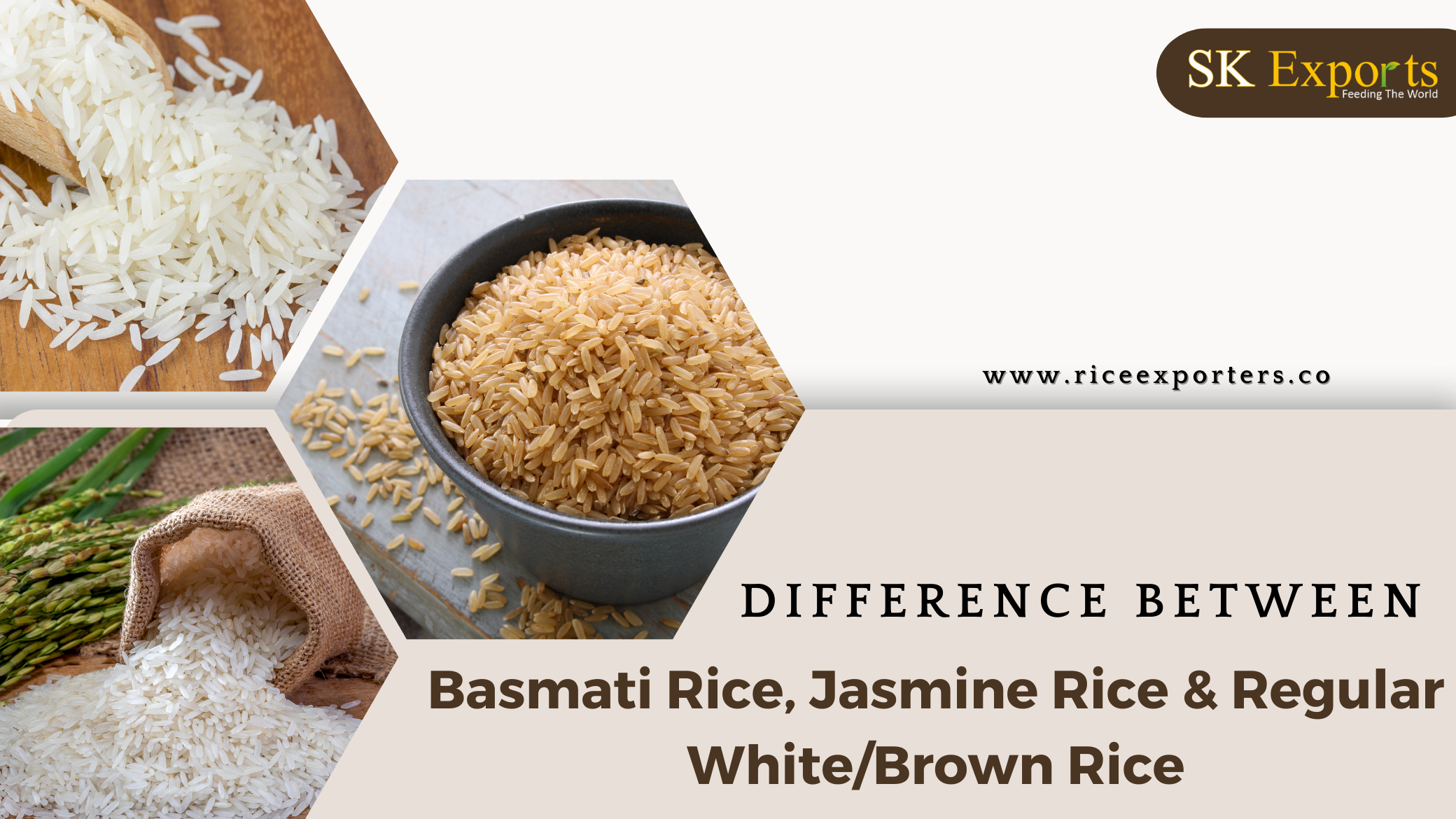Rice is a staple food in many parts of the world and comes in a variety of types. Basmati rice, jasmine rice, and regular white/brown rice are three popular varieties that are widely consumed. While they may look similar, there are differences in taste, texture, and nutritional value. Let’s take a closer look at each of these types of rice.
Basmati Rice
Basmati rice is a long-grain rice that is primarily grown in the Indian subcontinent. It has a distinct nutty aroma and a delicate, fluffy texture. Basmati rice is often used in Indian and Middle Eastern cuisine, where it is typically served with curries, biryanis, and other flavorful dishes. One of the unique characteristics of Basmati rice is its elongation upon cooking, which can result in longer grains that do not stick together. It is also low in fat and has a relatively low glycemic index, which makes it a good option for those watching their blood sugar levels.
Jasmine Rice
Jasmine rice is a type of long-grain rice that is primarily grown in Southeast Asia, particularly in Thailand, Cambodia, and Vietnam. It has a subtle floral aroma and a soft, slightly sticky texture. Jasmine rice is often used in Thai and Vietnamese cuisine, where it is typically served with curries, stir-fries, and other dishes. Compared to Basmati rice, Jasmine rice has a slightly sweeter flavor and is slightly more sticky when cooked. It is also lower in fiber and higher in calories, but still a good source of carbohydrates.
Regular White/Brown Rice
Regular white/brown rice is the most common type of rice and is widely consumed around the world. White rice is the polished version of brown rice, where the outer rice, on the other hand, retains the outer layers and has a chewier texture and nuttier flavor. Both types of rice are versatile and can be used in a wide range of dishes, from stir-fries and casseroles to salads and soups. However, they are higher in calories and carbohydrates than Basmati and Jasmine rice.
The main difference between white and brown rice is their nutrient content. Brown rice is a whole grain and is therefore higher in fiber, vitamins, and minerals than white rice. It also has a lower glycemic index, which means it is slower to digest and can help regulate blood sugar levels.
In conclusion, while Basmati rice, Jasmine rice, and regular white/brown rice may look similar, they have distinct differences in taste, texture, and nutritional value. Each type of rice is unique and can be used to create a variety of delicious dishes from around the world. Whether you prefer the nutty aroma of Basmati rice, the floral notes of Jasmine rice, or the chewy texture of brown rice, there is a type of rice out there for everyone.
